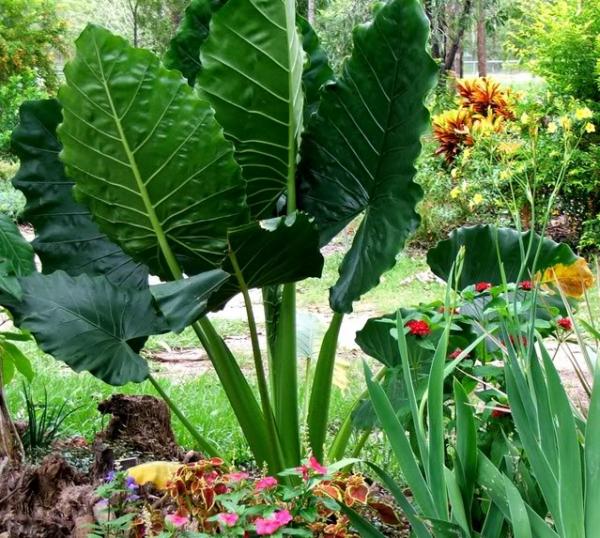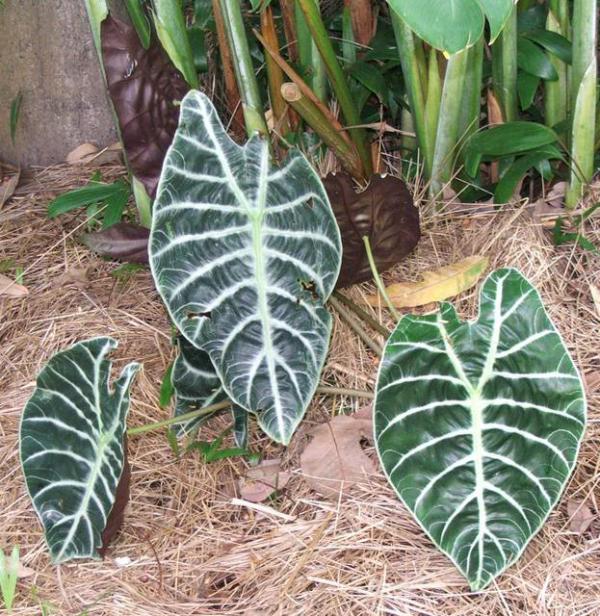Array
(
[0] => Array
(
[id] => 173
[is_published] => 1
[websiteID] => 5
[url] => /gardening/hedges.php
[page_status] => Published
[number_of_ads] => 4
[can_use_editor] => 1
[last_modified_date] => 2013-09-16 00:00:00
[last_modified_by] => Alan
[checked_for_duplicate_content] =>
[title] => Hedges
[heading] => Hedges
[meta_description] => This article explains how to care for and maintain your Australian hedge.
[article_category_1] => Gardening
[article_category_2] =>
[article_category_3] =>
[article_category_4] =>
[article_category_5] =>
[business_category_1] => Landscaper
[business_category_2] => Nursery
[business_category_3] => Garden Designer
[business_category_4] => Landscape Architect
[business_category_5] =>
[number_of_google_mrecs] => 1
[show_google_ad_bottom_of_page] => 1
[show_get_quotes_top_of_page] => 1
[show_get_quotes_rhs_of_page] => 1
[show_directory_search_widget] => 1
[show_trending_content_widget] => 1
[show_facebook_widget] => 1
[show_further_reading_section] => 1
[show_sponsors_section] => 1
[show_top_article_ad] => 1
)
[1] => Array
(
[id] => 462
[is_published] => 1
[websiteID] => 5
[url] => /gardening/plant-finder/search.php
[page_status] => Published
[number_of_ads] => 3
[can_use_editor] => 0
[last_modified_date] => 2013-10-13 00:00:00
[last_modified_by] => Alan
[checked_for_duplicate_content] =>
[title] => Find a plant for your garden or home
[heading] => Find a plant for your garden or home
[meta_description] => Search for plants and flowers visually, by name, flower colour and other attributes. Search for native plants, edible plants and popular exotics such as roses and petunias.
[article_category_1] => Gardening
[article_category_2] => Landscaping
[article_category_3] =>
[article_category_4] =>
[article_category_5] =>
[business_category_1] => Landscaper
[business_category_2] => Garden Maintenance
[business_category_3] =>
[business_category_4] =>
[business_category_5] =>
[number_of_google_mrecs] => 1
[show_google_ad_bottom_of_page] => 1
[show_get_quotes_top_of_page] => 0
[show_get_quotes_rhs_of_page] => 0
[show_directory_search_widget] => 0
[show_trending_content_widget] => 0
[show_facebook_widget] => 0
[show_further_reading_section] => 0
[show_sponsors_section] => 0
[show_top_article_ad] => 0
)
[2] => Array
(
[id] => 191
[is_published] => 1
[websiteID] => 5
[url] => /gardening/best-natives-for-pots-and-small-gardens.php
[page_status] => Published
[number_of_ads] => 5
[can_use_editor] => 1
[last_modified_date] => 2013-09-16 00:00:00
[last_modified_by] => Alan
[checked_for_duplicate_content] =>
[title] => Best Australian natives for pots & small gardens
[heading] => Best Australian natives for pots & small gardens
[meta_description] => The trend towards smaller gardens has inspired the plant lovers in the nursery industry to respond with an ever-increasing range of Australian plants that will delight those who want to attract birds and butterflies and bring a little bit of the bush onto their balconies. From banksias to bottlebrush there are plants that will add colour and texture to provide year round interest.
[article_category_1] => Gardening
[article_category_2] =>
[article_category_3] =>
[article_category_4] =>
[article_category_5] =>
[business_category_1] => Landscaper
[business_category_2] => Nursery
[business_category_3] => Garden Designer
[business_category_4] => Landscape Architect
[business_category_5] =>
[number_of_google_mrecs] =>
[show_google_ad_bottom_of_page] =>
[show_get_quotes_top_of_page] =>
[show_get_quotes_rhs_of_page] =>
[show_directory_search_widget] =>
[show_trending_content_widget] =>
[show_facebook_widget] =>
[show_further_reading_section] => 1
[show_sponsors_section] => 0
[show_top_article_ad] => 1
)
[3] => Array
(
[id] => 410
[is_published] => 1
[websiteID] => 5
[url] => /articles/external-privacy-screens.php
[page_status] => Published
[number_of_ads] => 2
[can_use_editor] => 1
[last_modified_date] => 2013-09-10 00:00:00
[last_modified_by] => Alan
[checked_for_duplicate_content] =>
[title] => External privacy screens
[heading] => External privacy screens
[meta_description] => External privacy screens began to appear in Australian residential and commercial building during the 1950's and 1960's, as a direct result of high density living and higher incomes. For more information and some examples read this article.
[article_category_1] => Landscaping
[article_category_2] =>
[article_category_3] =>
[article_category_4] =>
[article_category_5] =>
[business_category_1] => Landscaper
[business_category_2] => Nursery
[business_category_3] => Garden Designer
[business_category_4] => Landscape Architect
[business_category_5] =>
[number_of_google_mrecs] => 1
[show_google_ad_bottom_of_page] => 1
[show_get_quotes_top_of_page] => 1
[show_get_quotes_rhs_of_page] => 1
[show_directory_search_widget] => 1
[show_trending_content_widget] => 1
[show_facebook_widget] => 1
[show_further_reading_section] => 1
[show_sponsors_section] => 1
[show_top_article_ad] => 1
)
)
Helpful articles
Hedges. This article explains how to care for and maintain your Australian hedge.
Find a plant for your garden or home. Search for plants and flowers visually, by name, flower colour and other attributes. Search for native plants, edible plants and popular exotics such as roses and petunias.
Best Australian natives for pots & small gardens. The trend towards smaller gardens has inspired the plant lovers in the nursery industry to respond with an ever-increasing range of Australian plants that will delight those who want to attract birds and butterflies and bring a little bit of the bush onto their balconies. From banksias to bottlebrush there are plants that will add colour and texture to provide year round interest.
External privacy screens. External privacy screens began to appear in Australian residential and commercial building during the 1950's and 1960's, as a direct result of high density living and higher incomes. For more information and some examples read this article.
Plant description
Alocasias, or elephant ears, are perennial plants that are noted for their eye catching foliage. They have large leaves, arising from a rhizome or tuber, and give a tropical feel to a garden, patio or indoors. They are best in tropical and sub-tropical climates, but can also grow in temperate areas in a warm spot. Some varieties have contrasting colours and patterns to their leaves. They are suited to both garden plantings, as well as being great for containers. They can make good indoor plants, but need bright light and misting to do well for longer periods indoors.
Alocasias need warmth and humidity to grow well. If the surrounding air is too dry the plant is liable to be subject to diseases such as mites. Plain green leaved varieties cope better in cooler, drier areas than the more colourful forms. There are some species which can cope with frosts, such as Alocasia odora and Alocasia wentii. Very cold conditions can make Alocasias go dormant, but once the weather warms, the tubers will resprout.
The plant contains irritants which can cause numbing and swelling if ingested, or with skin contact.
Additional plant information
Flowers
Flower colour: not specified
Flowering season: not specified
Plant size
Maximum height: 2 metres
Minimum height: not specified
Maximum width: 0.5 metres
Minimum width: not specified
Sunlight, frost & salt tolerance
Will tolerate partial sunlight.
Light frost tolerance.
Plant is not salt tolerant.
Fauna attracting?
Not specified.
Climate
This plant species will grow in the following climates: temperate, subtropical, tropical.
Soil types & conditions
Loam: moist, well-drained.
Clay: well-drained.
Sand: moist.
Diseases
Fungal root rot in overly wet conditions
Pests
Res spider mite
Miscellaneous information
Planting season: not specified.
Types of fertiliser: Half strength liquid fertiliser apllied through the warmer months.
Find a nursery
Search for another plant


